SUMMARY
This is AI generated summarization, which may have errors. For context, always refer to the full article.
![[ANALYSIS] Why airport ‘surot’ and Taylor Swift matter](https://www.rappler.com/tachyon/2024/02/taylor-swift-bed-bugs-02292024.jpg)
The Philippines is in the news once again after some travelers complained about getting bitten by bed bugs – the Filipino word captures it better: surot – in the country’s main international gateway, the Ninoy Aquino International Airport (NAIA).
Mind you, this incident may be just the tip of the iceberg: many travelers wouldn’t bother complaining about it either officially or through social media.
This surot incident is a classic example of why the Philippines is a laggard in regional and global tourism. It goes to the heart of why no tourism slogan will ever work to make the Philippines a major player in global and regional tourism: customer satisfaction.
Successful countries and companies are those that are able to satisfy customers with positive experiences – and vice-versa. They succeed because they outperform their competitors in terms of customer satisfaction.
Because of these positive experiences, customers become repeat customers. In tourism, they visit the country again or recommend it to others because of good experiences.
In business, they buy the product again and again (think Jollibee Chicken Joy) or they visit the same place repeatedly (think SM Malls) or they watch a show every night (think ABS-CBN’s FPJ’s Ang Probinsyano or Batang Quiapo) or buy the same clothing brand several times (think Uniqlo), use the same car (think Toyota), or patronize the same coffee shop (think Starbucks).
The same could apply to politics and elections, but that’s another story.
How badly is the Philippines doing in tourism?
Globally, the Philippines is nowhere near the leaders, such as France, Italy, Spain, and the US. As of 2022, for instance, France got 79.4 million tourists; Spain, 71.7 million; US, 50.9 million; and Italy, 49 million, according to the United Nations World Tourism Organization (UN WTO) latest global data.
The Philippines? 5 million, as of 2023 (also using UN WTO data), many of whom were actually Filipino balikbayans.
Within the ASEAN region, the more reliable indicator is tourist arrivals in 2019 or the year before the pandemic hit global tourism. Here’s how we scored, using ASEANstatsDataPortal, an official regional website where ASEAN members submit statistical indicators:
- Thailand: 39.9 million
- Malaysia: 26.1 million
- Singapore: 19.1 million
- Vietnam: 18 million
- Indonesia: 16.1 million
- Philippines: 8.3 million
- Cambodia: 6.6 million
- Laos: 4.8 million
We’re the last among the ASEAN-6, which includes Thailand, Malaysia, Singapore, Vietnam, and Indonesia. All these countries get at least two times more tourist arrivals than we do.
Positive experience in airports is an important factor in getting tourists to come – and visit again – since it’s the first main space that travelers have experiences with in a country or territory. Unfortunately, we’ve had several negative experiences at the Ninoy Aquino International Airport (NAIA) that have gone viral through the years, including the laglag bala, dirty toilets, theft by transport security personnel, and inappropriate or illegal acts by immigration personnel.
Singapore’s Changi is currently number one on the World’s Best Airport list by Skytrax, which is based on airport customer satisfaction surveys that include topics such as airport website, ease of access, public transport options, taxi prices, terminal comfort, terminal cleanliness, immigration efficiency and attitude, ease of transit, cleanliness of washrooms, hygiene standards, entertainment facilities, children’s play area, duty-free outlets, choice of cafés and restaurants, WiFi service, ATM facilities, smoking lounges, lost luggage services, perception of security standards, among others.
In terms of World’s Cleanest Airport, Skytrax has Tokyo Haneda as number one, followed by Singapore’s Changi.
To be able to maintain high ratings, these airports have the right systems in place, including, of course, regular fumigation and frequent cleaning to get rid of bed bugs and other pests.
Taylor Swift in Singapore
In the global or regional competition to attract tourist arrivals, countries must think of what they can offer travelers, and to be a leader they have to think of what they can offer better than others, or offer something that others don’t have.
And this is where Singapore’s successful pitch to pop superstar Taylor Swift comes in.
Reuters reported that the city-state went all out to get her to perform in Singapore, which is her only stop in Southeast Asia.
Thai Prime Minister Srettha Thavasin was quoted as telling a business forum that Singapore paid Swift $2.77 million per show on condition that it would be the only country in Southeast Asia where she would perform.
“It is likely to generate significant benefits to the Singapore economy, especially to tourism activities such as hospitality, retail, travel and dining, as has happened in other cities in which Taylor Swift has performed,” said concert promoter AEG Presents.
Over 300,000 tickets have reportedly been sold for Swift’s concerts from March 2 to 9.
This successful pitch is what countries that are leaders in regional and global tourism do for country and people.
I am sure the $2.7 million paid to Swift by Singapore can easily be recouped via the tourist arrivals, the revenues in accommodations, the food that will be consumed by Swifties, the souvenirs and other goods that will be bought, the additional trips to other tourist spots that many fans will be visiting.
So, San Miguel Corporation (SMC) chief Ramon Ang and his consortium have their work cut out for them following their successful bid to rehabilitate NAIA. It’s not just upgrading the terminals but also making sure that travelers will have positive experiences. I’m sure he’s up to it because the SMC conglomerate is the biggest, if not among the biggest, in the businesses where they compete – from beer (San Miguel Brewery) to oil refining and marketing (Petron) to food (Purefoods, Magnolia, Dari Creme, to name a few).
Not having bed bugs or surot should be high on the list of what needs to be done in the rehabilitated airport (or any of our airports for that matter), and that requires perhaps not having furniture where bed bugs can thrive. (NAIA management has reportedly permanently removed the rattan chairs where the surot hid and has apologized to the traveler.)
Imagine what would happen if Taylor Swift, in case she visits the Philippines when she’s no longer as famous as she is now, gets bitten by bed bugs! Shake them off, now! – Rappler.com
ALSO ON RAPPLER
- San Miguel’s group wins bid for NAIA. What’s next?
- [Vantage Point] BDO lifts NAIA rehab
- [Vantage Point] A posh NAIA at last? We need more airports
- Why Michelle Dee is a perfect fit as Chinabank brand ambassador
- Jollibee vs McDonald’s: Fried chicken war spills over to noon show
- Taylor Swift, songwriters agree to end ‘Shake It Off’ copyright case
1 comment
How does this make you feel?










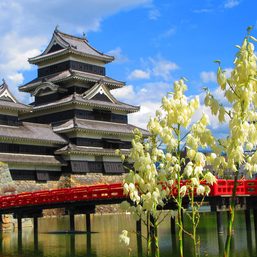
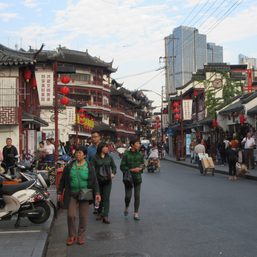


![[Vantage Point] Bug and rodent infestation in NAIA: Why aren’t we surprised?](https://www.rappler.com/tachyon/2024/03/tl-bugs-and-rodents.jpg?resize=257%2C257&crop_strategy=attention)
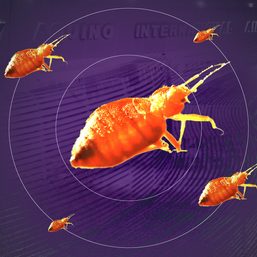

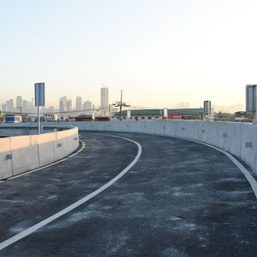

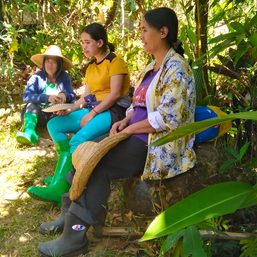

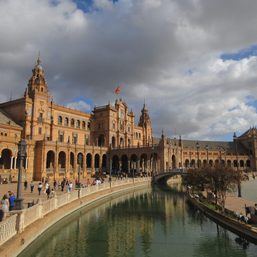


It is a blessing in disguise that, among the ASEAN, only Singapore was able to successfully persuade pop star Taylor Swift to conduct her concert there. This would help in hiding the “incompetence” of our tourism department. Secondly, if this is to be feared:
“Imagine what would happen if Taylor Swift, in case she visits the Philippines when she’s no longer as famous as she is now, gets bitten by bed bugs!” How about if this will happen at the peak of her fame? What would she say? Perhaps: “Get these bugs off me swiftly.”